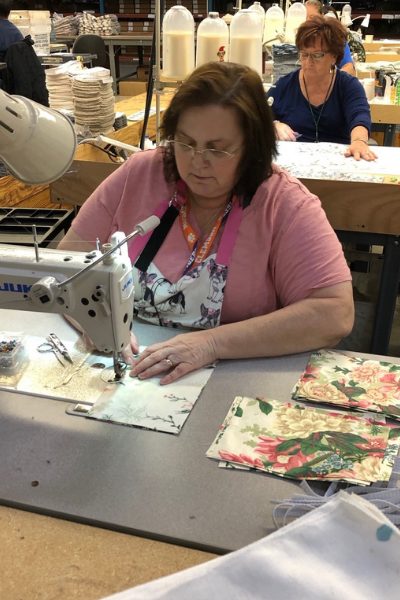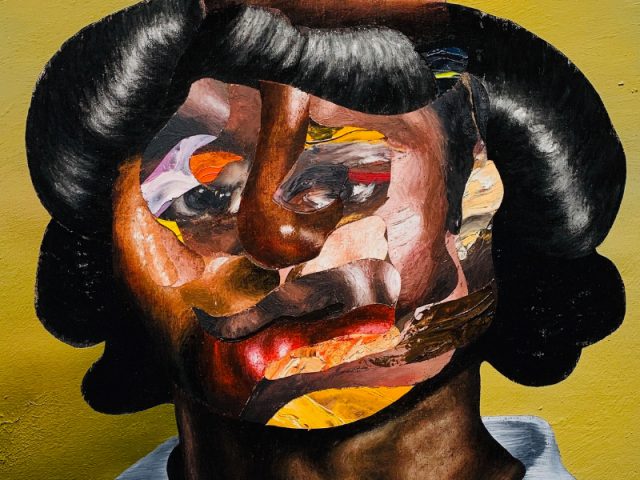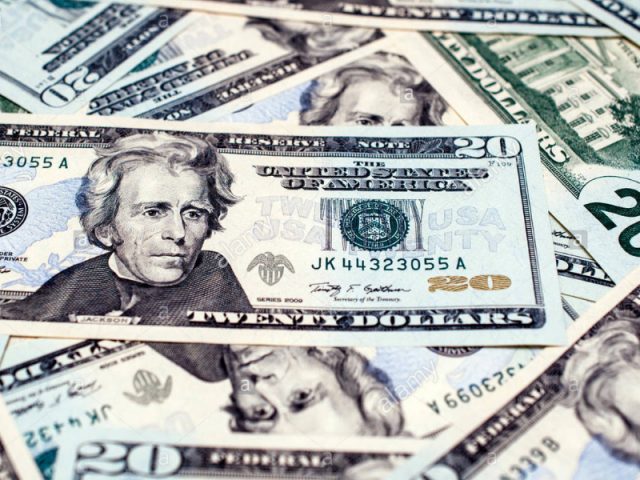
Back to the Nest
April 26, 2017
No one knows for sure who invented the first nesting tables, but I’d like to thank whoever it was! These mobile and versatile tables are endlessly functional, they come in varying numbers, sizes and all types of materials.
No one knows for sure who invented the first nesting tables, but I’d like to thank whoever it was! These mobile and versatile tables are endlessly functional, they come in varying numbers, sizes and all types of materials. According to my research, the first record of nesting tables was made by Thomas Sheraton, the influential British furniture designer from the late 18th and early 19th centuries, but it’s anyone’s guess whether he thought of it first!

Photo Courtesy of BaggottAntiques.com
In his 1803 book, “The Cabinet Dictionary,” the talented Sheraton drew a design for four stacking tables and named it the Quartetto table. These early 19th Century rosewood tables, above, were based on Sheraton's drawings - more like TV tables than today's versions! Sheraton may have intended them as easy-to-move work tables for women for writing letters, doing needlework or reading, and as drinks tables for entertaining. Today, nesting tables are gender neutral, and they are more apt to hold laptops, iPads and smart phones as well as beverages and snacks. We’re just as likely to see pairs and trios of nesting tables as quartets, too. Here is a flock of nesting tables that may give flight to your imagination.

Photo Courtesy of ChristopherGuy.com
This elegant trio of solid mahogany tables from Christopher Guy would be perfect in a traditional or transitional living room, or perhaps a master bedroom suite. The slender, curvy legs are just part of their charm. I love the triangular table tops, the scalloped front edges and the delicately criss-crossed back legs, which are a signature Christopher Guy design. They’re so pretty, I wouldn’t cover up the tops with too much stuff – just let all that beauty speak for itself.

Photo Courtesy of MrBrownLondon.com
Here’s a refresher course in geometry from Mr. Brown London – a trio of mixed shapes available with marble or granite tops, standing on distressed gold bases. It has just the right blend of elegance and playfulness, with a lot of textural charm.

Photo Courtesy of Kravet.com
When these Kravet tables are partially nested, as above, they create a multi-level cocktail table that can be pulled apart into separate tables as needed. I like the warmth of the etched brass frames, the texture of the faux shagreen tops and the open, airy structure, which would work well in a small space.

Photo Courtesy of InterludeHome.com
There’s so much movement and interest packed into these two, tiny tables from Interlude Home! The perforated, antique brass frame reflects the kidney-shaped curve of the black marble tops – the smaller one is 9 inches, the larger is 11.

Photo Courtesy of BakerFurniture.com
For a truly classic look, the sharp creases and burnished gold leaf base of these mahogany nesting tables from Baker furniture is perfect - they almost salute when you walk into the room! We can get the base in silver too.

Photo Courtesy of OlyStudio.com
The rough-luxe look of this nesting trio from Oly Studio’s Industrial Loft collection is very appealing. I like the antique silver finish on the iron frames, and the reverse-beveled, antique mirror tops. It’s an edgy, urban look that works in the ‘burbs, too! From smallest to largest, the surface area ranges from 13.5 inches to 20 inches wide, and the stair-step construction keeps your eye moving. You might call nesting tables the “little black dress” of tables – they’re so flexible, and they go with many other elements in a room.

Share
You Might Also Like
Find us on Instagram














